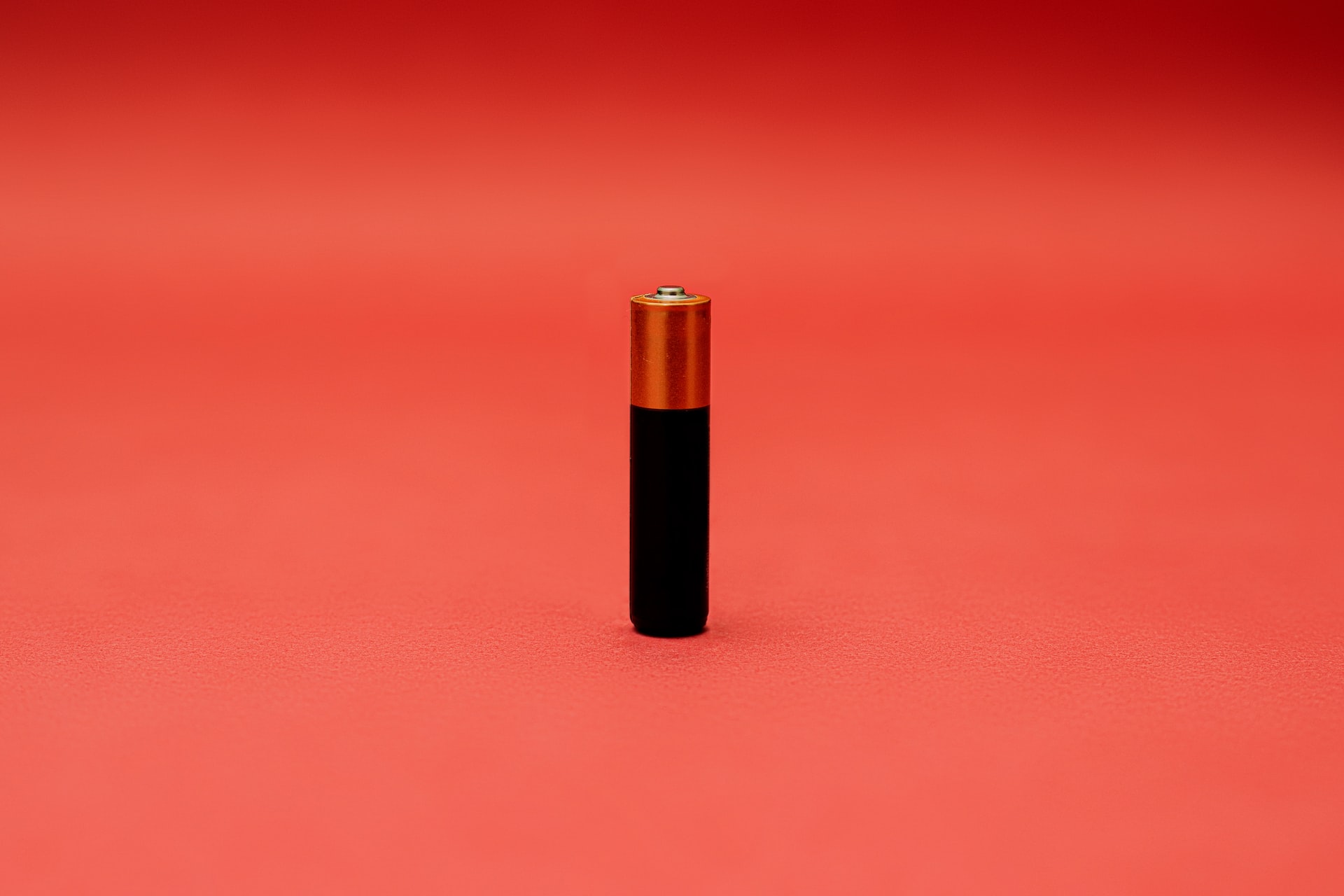Wooden electrolyte for next-generation batteries provides record-breaking conductivity

Modern lithium batteries typically use a liquid electrolyte to transfer ions between the two electrodes, but scientists studying solid alternatives have discovered some exciting possibilities. Among them are the authors of a new study, who used cellulose derived from wood as the basis for one such solid electrolyte. It has the thickness of paper and can bend and unbend in response to battery cycles.
What's the drawback of modern batteries
One of the drawbacks of the electrolytes used in modern lithium batteries is that they contain volatile liquids which carry the risk of fire in the event of a short circuit. Solid electrolytes, meanwhile, can be made from non-flammable materials, make the device less prone to dendrite formation and may open up entirely new possibilities for battery architecture.
Many of the solid electrolytes developed so far have been made from ceramic materials, which are highly efficient at conducting ions, but do not handle loads well during charging and discharging due to their brittleness. Researchers from Brown University and the University of Maryland looked for an alternative, and used cellulose nanofibrils found in wood as a starting point.
What the scientists suggest
These polymeric tubes of wood have been bonded to copper to create a solid ionic conductor that has ceramic-like conductivity and 10 to 100 times better than other polymeric ionic conductors. According to the team, this is because the addition of copper creates space between the cellulose polymer chains to form "ion superhighways" that allow lithium ions to travel with record efficiency.
And because the material is thin and flexible, the scientists believe it will better withstand the stresses of battery cycling. They also claim it has electrochemical stability, allowing for lithium-metal anodes and high-voltage cathodes, or could act as a bonding material that encloses ultra-thick cathodes in high-density batteries.
Source: brown.edu, nature, newatlas
Illustration: Danilo Alvesd